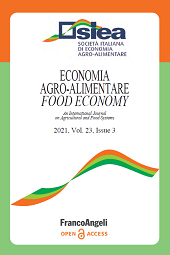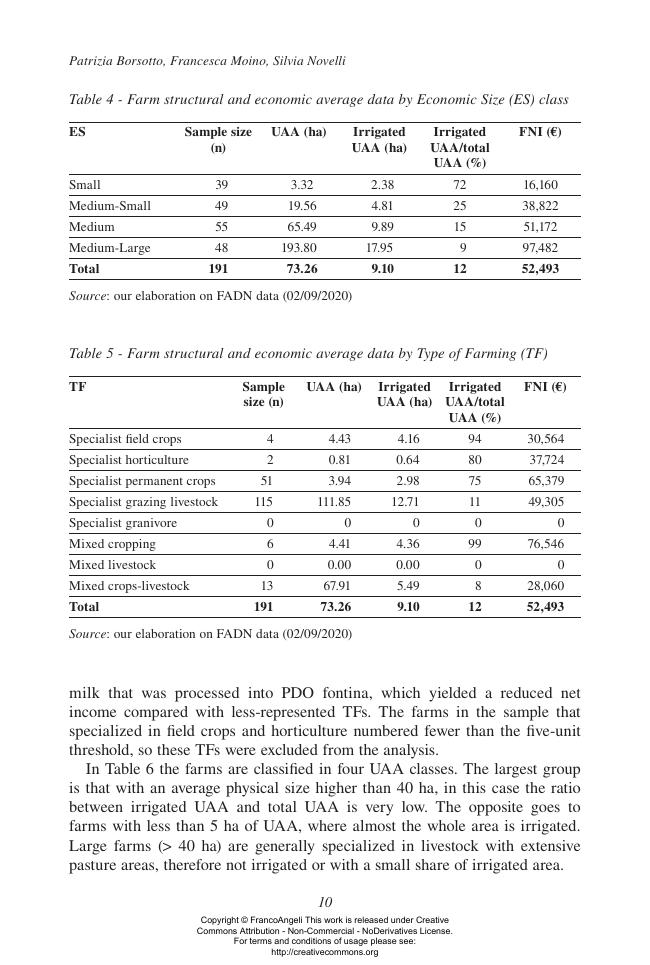Modeling change in the ratio of water irrigation costs to farm incomes under various scenarios with integrated FADN and administrative data
P. 1-22
The Water Framework Directive 2000/60/CE (WFD) of 2000 was issued by the European Union (EU) to prevent water deterioration and promote its restoration. It introduced a water pricing policy in the agricultural sector that is based on a ‘polluter-pays' principle.To date, some Member States have yet to comply with the pricing requirement for two main reasons: water cost estimates, as defined by the WFD, are particularly complex and difficult in the agricultural sector and farmers in marginal economic and environmental contexts may be unable to bear higher water costs.In Italy, water services are managed by regional administrations that also set irrigation water prices.
This research estimated the effect of changes in irrigation water costs borne by farmers on farm incomes in a case study in the Aosta Valley Region where extensive farming is practice in a significantly naturallydisadvantage area. The analysis was modeled using four cost scenarios with economic data from the Farm Accountancy Data Network (FADN) integrated with irrigation water cost data provided by a regional administrative database. Estimated water costs averaged 2.65% and 1.06% of farm incomes, depending on the presence or absence of regional subsidies. Water costs represented higher income proportions on specialized grazing livestock farms, which is the predominant type of farming in Aosta Valley. These results raise concerns for WFD implementation, in particular, in mountain and agriculturallydisadvantaged areas with extensive and less-profitable farming. [Publisher's text]
Fait partie de
Economia agro-alimentare : XXIII, 3, 2021-
Articles du même numéro (disponibles individuellement)
-
Informations
Code DOI : 10.3280/ecag3-oa12758
ISSN: 1972-4802
DISCIPLINES
KEYWORDS
- Water Framework Directive, Irrigation, Farm income, Farm Accountancy Data Network



